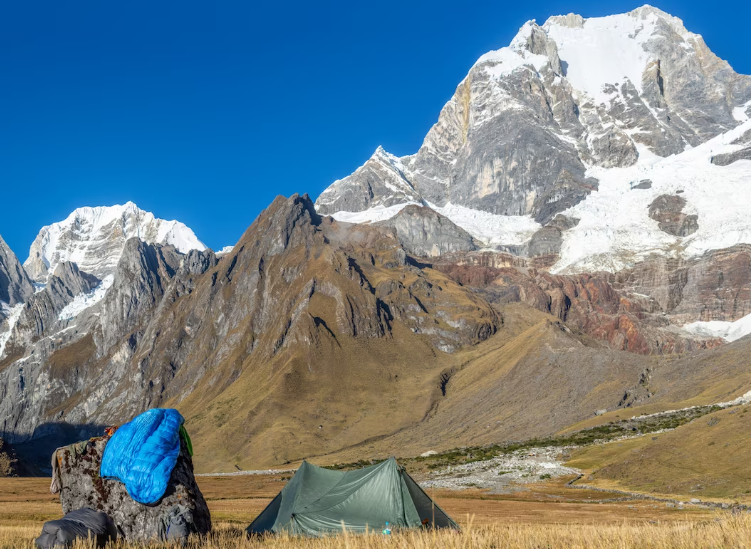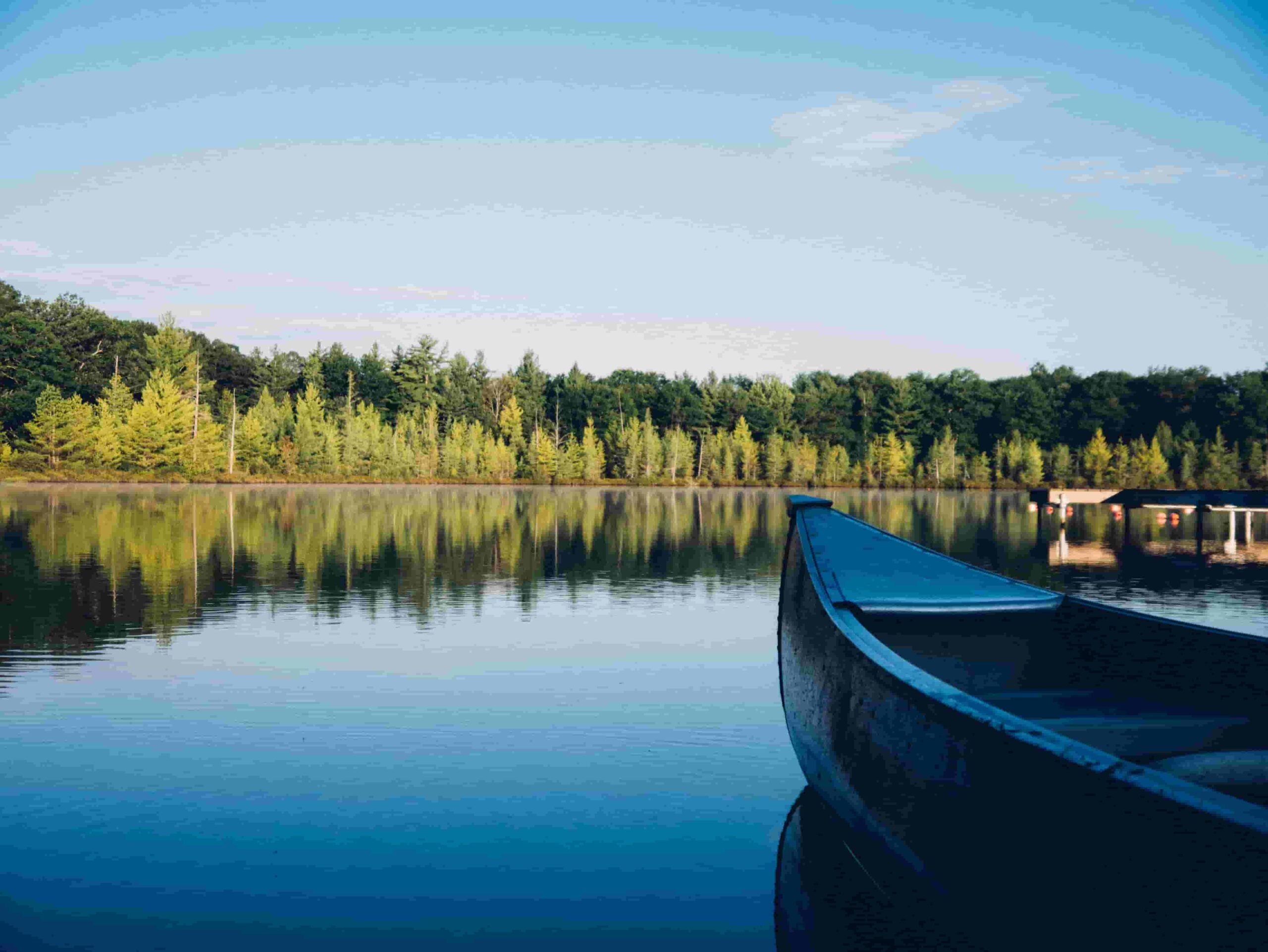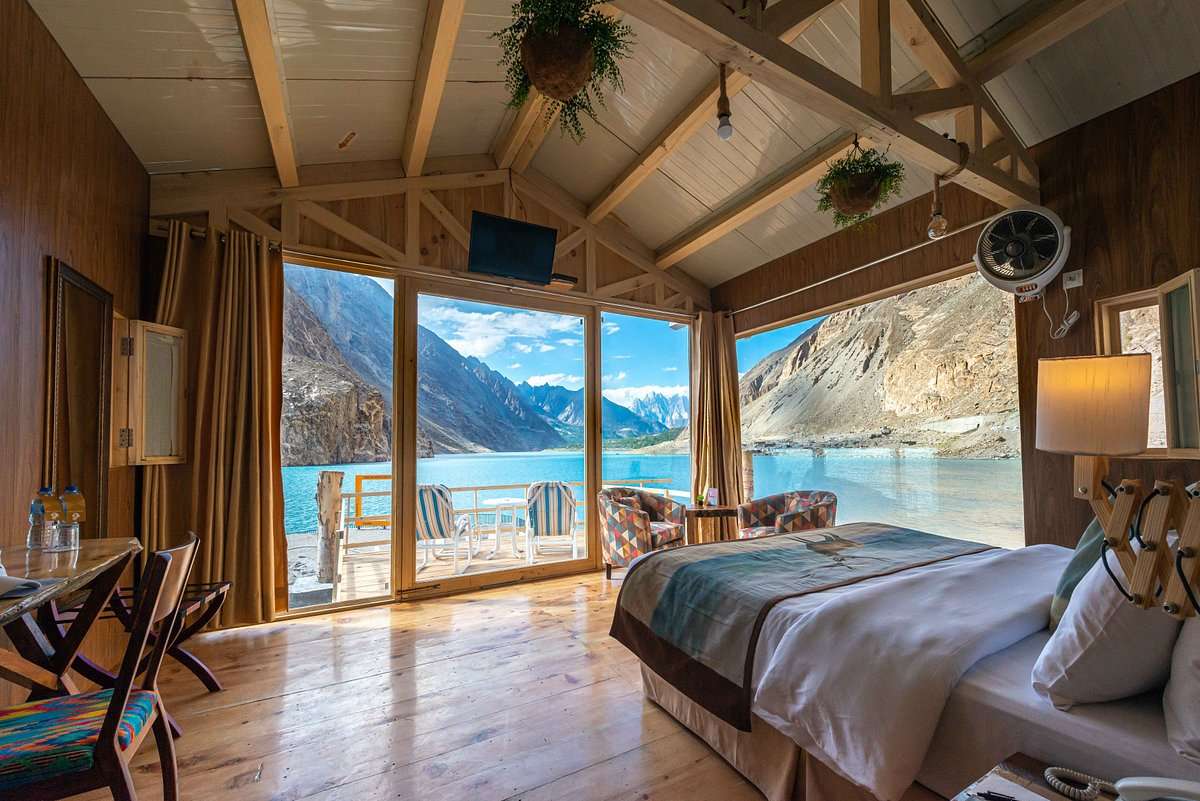Welcome to our comprehensive guide to the top mountains in Pakistan. In this article, we will embark on a journey through the rugged and awe-inspiring landscapes of this South Asian nation, revealing the natural wonders that have captivated adventurers and mountaineers for generations. Pakistan boasts some of the world’s most magnificent peaks, each with its unique charm and allure. Join us as we unveil the grandeur of these towering giants, providing you with detailed insights that will surely satiate your thirst for mountain knowledge.
1. K2 – The Savage Mountain

Standing proudly as the second-highest mountain on Earth, K2 is a beacon for mountaineers seeking the ultimate challenge. Known as the “Savage Mountain,” K2 earned its fearsome reputation due to its deadly ascent routes and harsh weather conditions. Our expedition to the summit of K2 begins with a brief history, recounting the daring endeavors of climbers who risked it all to conquer this mighty peak. Beyond its treacherous nature, K2 boasts unparalleled beauty. With its pyramid-like shape and stunning glaciers, this mountain offers a visual feast for those who venture near. We delve into the mesmerizing landscapes surrounding K2 and highlight the unique flora and fauna that thrive in this high-altitude haven.
2. Nanga Parbat – The Killer Mountain

Nanga Parbat, known as the “Killer Mountain,” is another jewel in Pakistan’s crown of peaks. It has earned its ominous moniker due to the high fatality rate among climbers attempting its ascent. This mountain’s reputation for extreme danger makes it a tantalizing yet deadly challenge for mountaineers from around the world. The Enigmatic Rupal Face Nanga Parbat is renowned for its astonishing Rupal Face, one of the tallest rock faces on the planet. Rising over 4,600 meters from its base, this colossal wall of rock and ice has intrigued climbers and adventurers for generations. It presents a formidable challenge that demands unwavering courage, determination, and skill.
The Rupal Face is a marvel of nature, a testament to the raw power and beauty of the world’s most challenging peaks. Its sheer verticality and harsh conditions have thwarted many climbers, adding to Nanga Parbat’s fearsome reputation. To attempt its ascent is to confront the very limits of human endurance and mountaineering prowess. While Nanga Parbat is often referred to as the “Killer Mountain” due to its perilous history, it also offers a paradoxical allure, drawing climbers who seek not only physical accomplishment but also a spiritual connection with the mountains.
3. Broad Peak – The Crown Prince of Karakoram

Broad Peak, often referred to as the “Crown Prince of Karakoram,” stands as a testament to the grandeur of Pakistan’s mountainous landscapes. While it may not claim the title of the highest peak in the world, it certainly commands attention with its regal presence. The allure of Broad Peak lies not only in its impressive elevation but also in the unique challenges it presents to mountaineers. Views to Die For Broad Peak offers panoramic views that rival any in the Karakoram Range. From its lofty summit, climbers are rewarded with breathtaking vistas of neighboring giants like K2, Gasherbrum I, and Gasherbrum II. The awe-inspiring expanse of snow and ice that stretches as far as the eye can see is a sight to behold. One of the most remarkable features of Broad Peak is its strategic location within the Karakoram Range.
4. Gasherbrum I and II – The Twin Towers

The Gasherbrum massif, comprised of Gasherbrum I and II, is a striking duo of 8,000-meter peaks. These “Twin Towers” are a testament to the natural wonders of Pakistan. Our article takes you on a journey to explore the unique attributes of each peak and the allure of attempting their summit. We delve into the technical aspects of mountaineering on Gasherbrum I and II, offering insights into the skills and equipment required for a successful ascent. Safety is paramount in these high-altitude environments, and we shed light on the precautions climbers must take. The Gasherbrum massif, comprised of Gasherbrum I and Gasherbrum II, is a striking duo of 8,000-meter peaks located in the Karakoram Range of Pakistan. These majestic mountains, often referred to as the “Twin Towers,” are a testament to the natural wonders of Pakistan and the allure of high-altitude mountaineering.
Ascending the Gasherbrum peaks is no small feat. Gasherbrum I, also known as Hidden Peak, and Gasherbrum II challenge mountaineers with their extreme altitudes and formidable terrain. Climbers who dare to tackle these mountains must possess exceptional skill and determination. Gasherbrum, I stand as the 11th highest peak in the world. It presents climbers with a technical ascent that includes steep ice and mixed rock and ice sections. The climb to its summit requires precision and courage as alpinists navigate through crevasses and seracs.
Gasherbrum II, slightly lower in elevation but no less demanding, offers its own set of challenges. The ascent involves navigating through steep slopes and icy ridges. Mountaineers must be prepared to confront the unpredictable weather that is characteristic of the Karakoram Range.
5. Rakaposhi – The Queen of the Karakoram

Rakaposhi, often called the “Queen of the Karakoram,” is known for its graceful slopes and scenic beauty. We discuss the more accessible nature of this mountain, making it a favorite for trekkers and climbers looking for a slightly less demanding challenge. For those who wish to explore the region without the commitment of a full-scale expedition, Rakaposhi offers incredible trekking opportunities. We outline some of the best trekking routes in the area and what you can expect to see along the way. Rakaposhi, often referred to as the “Queen of the Karakoram,” is a testament to the diversity of Pakistan’s mountain landscapes. While it may not be the tallest peak in the region, it stands as a symbol of elegance and grace in the heart of the Karakoram Range.
Rakaposhi offers a distinct contrast to the rugged, towering giants that surround it. Ascending Rakaposhi is an endeavor far more accessible compared to some of its more formidable neighbors. This accessibility has made it a favorite for trekkers and climbers who seek a slightly less demanding yet equally rewarding challenge.
Conclusion
In this article, we’ve embarked on a journey to discover the majesty of Pakistan’s top mountains. From the formidable K2 to the captivating Rakaposhi, each peak offers a unique experience for adventurers and nature enthusiasts alike. Whether you’re an aspiring mountaineer or a lover of breathtaking landscapes, Pakistan’s mountains beckon you to explore their grandeur.
Remember, the world of mountaineering is not without its risks, and thorough preparation is essential. If you’re considering an expedition to these incredible peaks, be sure to seek guidance from experienced mountaineers, obtain the necessary permits, and prioritize safety above all else. The mountains will be here for generations to come, ready to inspire and challenge those who dare to reach for the sky.
Frequently Asked Question About Top Mountains In Pakistan 2023:
1. Why is K2 called the “Savage Mountain”?
K2 is known as the “Savage Mountain” due to its treacherous ascent routes, deadly weather conditions, and the high risk it poses to climbers. It has a reputation for being one of the most challenging and dangerous mountains in the world.
2. What is the Rupal Face of Nanga Parbat?
The Rupal Face is a stunning feature of Nanga Parbat, known for being one of the tallest rock faces on the planet. It rises over 4,600 meters from its base and is a major attraction for climbers. Its sheer verticality and harsh conditions make it an iconic but extremely challenging feature of the mountain.
3. What is the allure of Broad Peak?
Broad Peak, often referred to as the “Crown Prince of Karakoram,” stands out due to its impressive elevation and the unique challenges it presents to mountaineers. It also offers panoramic views of neighboring giants like K2 and Gasherbrum, making it a captivating destination for climbers and trekkers alike.
4. Why are Gasherbrum I and II called the “Twin Towers”?
Gasherbrum I and II are often referred to as the “Twin Towers” due to their proximity and similar heights. These 8,000-meter peaks are located in the Karakoram Range and have a reputation for their technical challenges and remote, pristine environments.
5. Is Rakaposhi suitable for trekkers?
Yes, Rakaposhi is an excellent destination for trekkers of varying skill levels. While it offers a less demanding ascent compared to some of the taller peaks, it provides stunning trekking opportunities through lush alpine meadows, serene forests, and picturesque glacial valleys. Trekkers can immerse themselves in its natural beauty and engage with the local culture.
6. What is the cultural experience like in the Rakaposhi region?
Trekking in the Rakaposhi region offers a chance to interact with the local Balti communities. trekkers can gain insights into their traditional way of life, making the experience not only about nature but also about cultural immersion.
7. Are these mountains safe to climb?
While these mountains offer incredible adventures, they also come with inherent risks due to their extreme altitudes and challenging terrain. Safety should always be a top priority. Climbers and trekkers are encouraged to seek guidance from experienced mountaineers, obtain necessary permits, and undergo thorough preparation to ensure a safe and enjoyable expedition.



